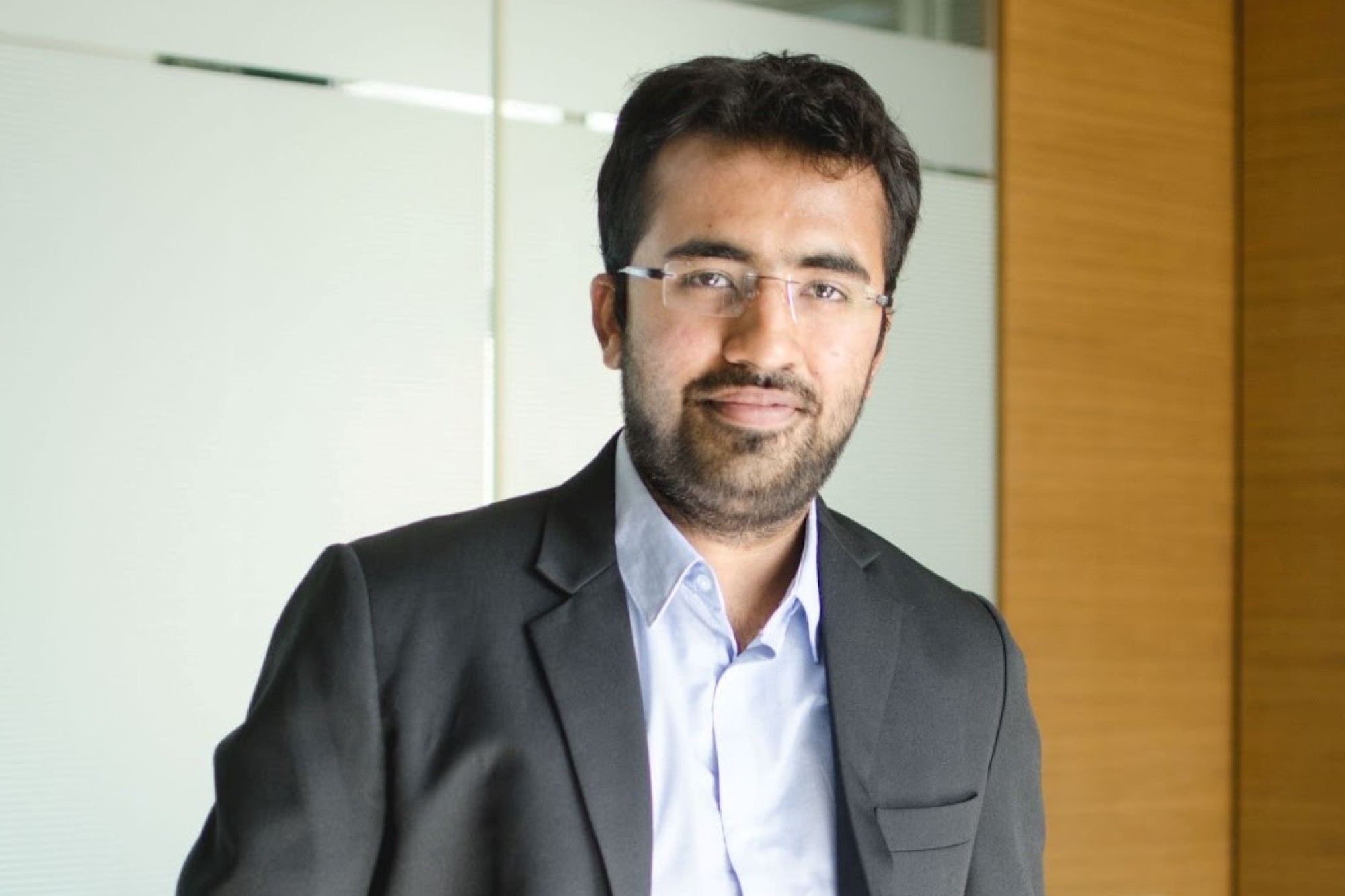Smarter structural solutions with value engineering techniques

Anshul Shah, Director of Ducon Consultants, explains how value engineering (VE) is transforming structural design by balancing safety, functionality, and cost efficiency. He explains that VE goes beyond cost-cutting by emphasising material optimisation, smart site planning, and long-term sustainability in order to build efficient and resilient structures.
Structural design is a complicated balancing act. Engineers and designers must create structures that are safe, functional, and visually appealing—all while staying within budget and minimising resources. As sustainability and innovation take centre stage, the challenge becomes even more difficult. Meeting the demands of modern construction necessitates a thoughtful approach that combines expertise, efficiency, and creativity.
This is where value engineering (VE) comes in. Far from being merely a cost-cutting strategy, VE is a systematic process that seeks to maximise the value of a project. It accomplishes this by delving deeply into factors such as time-cost analysis, productivity, sustainability, manpower reduction, or the use of technology that improves project timelines, resulting in indirectly value-engineered solutions. This includes the use of alternative materials where functionally appropriate. By evaluating design elements, materials, and construction methods, VE creates opportunities for efficient and impactful solutions.
As structural design evolves, VE has emerged as a critical tool for addressing industry issues. It encourages designers and engineers to think critically about their decisions, ensuring that projects achieve functional and aesthetic objectives while also providing long-term value.
The fundamentals of value engineering in structural design
Value engineering is based on principles that help designers and engineers streamline their work, resulting in better outcomes without sacrificing quality. These principles serve as a road map for developing long-lasting, functional, and cost-effective designs.
- Functionality: This process prioritises fulfilling the structure’s core purpose. Safety and functionality are essential, whether it’s a bridge, skyscraper, or residential building. Value engineering ensures that these fundamental elements are met while also investigating ways to improve the design’s overall performance and efficiency. Structural design has a fine line of differentiation in that it must be safe and codal-based, but it cannot go overboard on safety. VE strikes a balance by remaining within the bounds of codal provisions while exploring value-engineered alternatives.
- Value engineering involves identifying resource-efficient ways to achieve the same or better results rather than sacrificing quality for cost reduction. For example, finalising levels using the contour plan can result in significant cost savings. Our numerous projects have saved crores of rupees simply by smartly adjusting site levels to eliminate unnecessary expenses.
- Life Cycle Thinking: This approach extends beyond the construction phase. It prioritises long-term value by taking into account maintenance, durability, and operational costs. This ensures that the cost-effective decisions made during the design process continue to benefit the structure over its lifetime. In several projects, VE has helped to save time, rework, and money by designing master plans and utilities with future expansions in mind, ensuring structured and scalable development.
Value engineering’s prospects in structural design
As the construction industry embraces technological advancements and sustainability goals, the importance of VE grows. Innovative technologies such as 3D printing and modular construction make it easier to create high-quality, cost-effective designs. Artificial intelligence (AI) and machine learning have even more potential, analysing large data sets to recommend optimal solutions and streamline decision-making.
Sustainability will continue to be a key driver in VE’s evolution. With an increasing emphasis on reducing environmental impact, designers must use practices that meet these standards while remaining within budget. The future may also see an increase in adaptable, multi-functional spaces, pushing the limits of design innovation.
Value engineering is a broad and open-ended term, as every aspect of a project contributes to value creation. It could begin with the finalisation of levels based on the contour plan and progress to smartly planned utilities and timelines. VE goes beyond its traditional role as a cost-cutting strategy. It represents a mindset that promotes smarter, more efficient design practices. As structural design advances, adopting VE will enable designers and engineers to address modern challenges, provide sustainable solutions, and construct structures with a long-term legacy.
For more details, visit: https://www.duconconsultants.in/
Cookie Consent
We use cookies to personalize your experience. By continuing to visit this website you agree to our Terms & Conditions, Privacy Policy and Cookie Policy.










